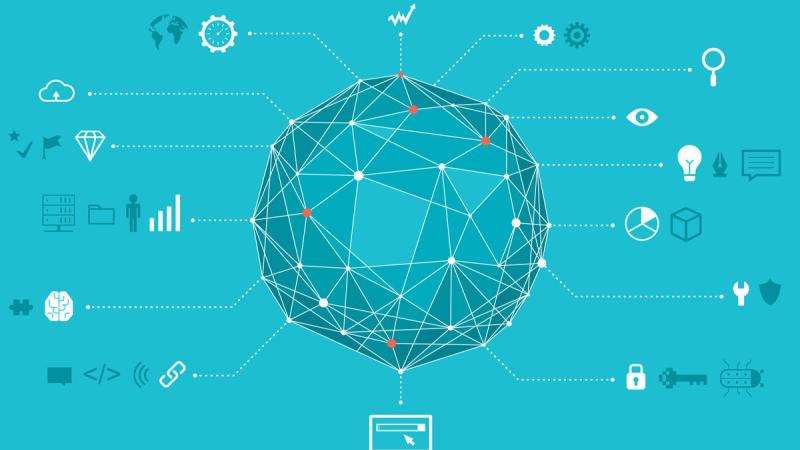March 11, 2016

The Internet of Things promises to improve our lives by connecting sensors in the objects that surround us – buildings, appliances, gadgets, and vehicles – and the data that they collect. But to realize that potential, programmers need tools that make it easier to create applications that combine devices and the cloud. With the support of the National Science Foundation (NSF), researcher Stacy Patterson is building those tools and developing a framework that developers can use to easily perform data analytics over a multitude of devices.
“Rather than developers designing custom algorithms for each network of devices, we’re going to build a framework of software that sits on all these devices and the cloud that will automatically manage communication between the devices and deal with device and network failures,” said Patterson, the Clare Boothe Luce Assistant Professor of Computer Science at Rensselaer Polytechnic Institute (RPI). “Now the developer only needs to provide a little bit of code to say ‘this is how I want it to work,’ and this framework will take care of the rest.”
The project, “Toward a Machine Learning Framework for the Internet of Things,” is supported by a prestigious five-year $618,661 NSF Faculty Early Career Development Award (CAREER).
“Dr. Patterson is developing approaches that advance the vision of Internet of Things technology,” said Curt Breneman, dean of the Rensselaer School of Science. “This CAREER award recognizes the promise of that work, and we congratulate her for it.”
Patterson’s research epitomizes the work being done at The New Polytechnic, addressing difficult and complex global challenges, the need for interdisciplinarity and true collaboration, and the use of the latest tools and technologies, many of which are developed at Rensselaer.
The Internet of Things (IoT) describes a network of devices, from RFID tags, to smart thermostats, to light bulbs, that can sense and communicate information. It is predicted that, by 2020, there will be 25 to 50 billion IoT devices. This massive network and the data it generates will enable new applications in a wide range of critical domains including environmental management, smart infrastructure, and health care.
The project is an extension of Patterson’s current research into enhancing the utility of sensors embedded in automobiles, by creating real-time networks that allow automobiles to pool their individual information into a larger shared picture of driving conditions in the area.
To achieve the vision of IoT, as well as in her work with automobile networks, Patterson said, it is crucial to be able to quickly analyze and learn from the massive amount of generated data. Current approaches for big data analytics require full data transfer to a platform with large computational power, such as the cloud. Given the projected explosion in the number of devices and the resulting data generation rate, this is not feasible.
Patterson said the grant will help her achieve three goals in IoT research. The first is to develop a computational framework that reduces the problem to an abstraction, anticipating considerations like the type and quality of data, the number of devices, and how the data are related across devices.
“What kinds of relationships are people interested in with this data, and how does that embed down to the physical world?” Patterson said. “This is ultimately about searching for a pattern in how I would solve the kinds of problems that interest people.”
The second goal is to provide a stable platform that masks the differences between devices, and compensates for failed devices or computers and lost data. Finally, she will build tools to enforce a standard for speed and accuracy of the framework.